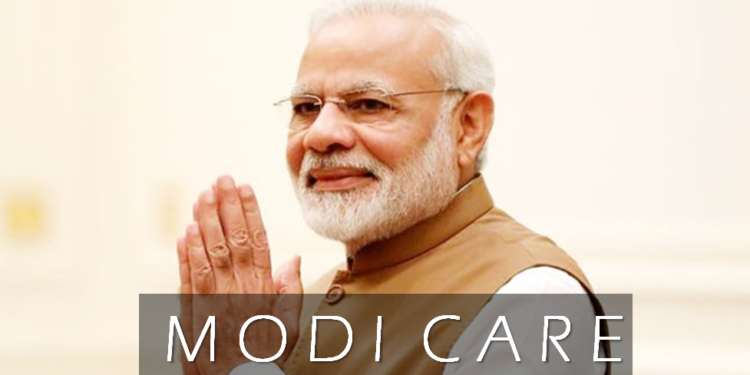Ayushman Bharat is the new revolutionary policy scheduled for launch on 15th August 2018 by Narendra Modi that is believed to bring about ground breaking changes in the present health care industry. The aim to provide affordable health care by the government is nothing new with various policies that already exist in various states. However, the focus on involvement of private players is definitely revolutionary- the problem lies in the execution. I hope the new policy aims to answer the present problems and fills the gaps left by the former.
Notable gaps of the past include:
The under the table payment required for affiliation like that has been rampant in CGHS scheme, which was earlier expected to be a part of the package for the Hospital applying for the same. The next is the worst- withholding of dues at random. The failure of clearance of past dues of hospitals for care already provided has in the past lead to the hospitals voluntarily giving up the “empanelment”. The state governments have frequently arm twisted the hospitals into submission and acceptance of CGHS. This creates an animosity between the state and the private players, resulting in substandard implementation of any health care policy. The answer to this is a simple transparency and appropriate answer of queries by both the state and the hospitals, along with expedient payment of past dues.
One of the pertinent problems of the past and present in various schemes has been the decision on set rates for various diseases by the government. This decision to fix a price on a problem represents the problem at multiple levels like- the babus involved in setting these rates have no idea about how the system works, the advice is probably taken from the doctors working in government setups who have no clue on what is the cost involved in care of a patient and the inherent unpredictable nature of an illness and response in a patient to therapy. If one is observant enough of the statistics for treatment it would indeed be quite obvious that each person “will not” improve with the same therapy, the reasons being individual genetic variability, disease severity etc. One would think that the government would employ Doctors with management training for this job but quite shockingly, the government still continues to use Babus with no knowledge of the medical industry. The other problem that arises is complications during therapy. While rates of various complications are described eloquently in textbooks and scientific studies the government, its answer though has been incomplete in the past. The government does provide an extension on certain packages but this represents one of the biggest failures of the governments of past- the sickest of patients run out of government support for the complications and the hospitals run out of options for continuing the care to the level required by the patient. The complications and rates of occurrence of the same should ideally be an added factor for each disease. This would not only improve the outcome but would, in a true sense, be holistic.
The other problem when a rate is set for a treatment or a procedure is the fact that it is not often possible to provide appropriate care at the rate the government has decided, and there is no place to either protest or register an objection regarding this. Appropriate care encompasses not only the diagnosis and treatment but also the quality of care provided. The hospitals are often forced to provide a care not acceptable to their own standards for they cannot afford the continuous losses faced by them. Various options for solving this problem exist- like a grievance portal for the Hospitals and Doctors which looks into these inconsistencies.
The focus of the government health care policy should be on continuous capacity building and working in tandem with the healthcare professionals instead of antagonizing them, for they represent one of the most hardworking class of the society. The forced rural service bond is one of the foremost concept of bonded slavery which needs attention, as the medical career apart from beginning late is even further delayed, and this is likely to make matters worse in terms of long term availability of trained health care professionals.


































